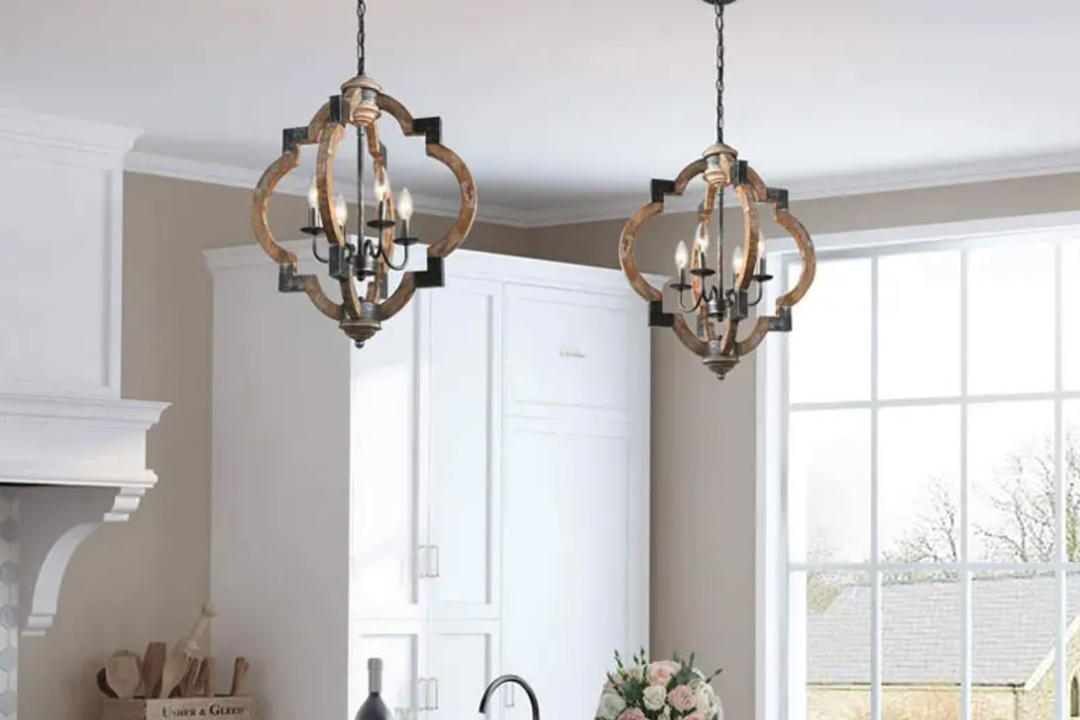
Scandinavian Medieval Chandeliers: A Timeless Illumination
Scandinavian medieval chandeliers represent a fascinating intersection of art, culture, and functionality that emerged during a time of significant social and political change in Northern Europe. These lighting fixtures were not merely utilitarian objects; they were also symbols of status and craftsmanship, reflecting the values and aesthetics of the societies that produced them. The period from the 12th to the 15th centuries saw the rise of intricate designs and the use of various materials, which contributed to the unique character of these chandeliers.
As we delve into the world of Scandinavian medieval chandeliers Hozolighting, we uncover their historical context, design elements, and lasting influence on contemporary lighting. The allure of these chandeliers lies not only in their physical beauty but also in the stories they tell about the people who created and used them. They were often found in churches, castles, and the homes of the affluent, illuminating spaces where important gatherings took place.
The craftsmanship involved in their creation was a reflection of the skills passed down through generations, showcasing the artistry that was prevalent in medieval Scandinavia. As we explore their historical significance, design intricacies, and modern-day relevance, we gain a deeper appreciation for these remarkable artifacts.
Historical Significance of Scandinavian Medieval Chandeliers
The historical significance of Scandinavian medieval chandeliers can be traced back to the socio-political landscape of the time. During the medieval period, Scandinavia was characterized by a feudal system where power was concentrated in the hands of a few noble families. Chandeliers became symbols of wealth and prestige, often displayed prominently in great halls and churches.
Their presence signified not only the affluence of their owners but also their connection to the divine, as many were designed to hang in places of worship, illuminating sacred spaces during religious ceremonies. Moreover, these chandeliers played a crucial role in the evolution of lighting technology. Before their widespread use, illumination was primarily provided by candles or oil lamps, which were limited in both brightness and duration.
The introduction of chandeliers allowed for a more efficient distribution of light, enhancing visibility in large spaces. This innovation was particularly important in an era when gatherings for feasts, religious services, and community events were common. The ability to illuminate these occasions transformed social interactions and fostered a sense of community among attendees.
Design and Materials of Scandinavian Medieval Chandeliers
The design of Scandinavian medieval chandeliers is marked by a blend of functionality and artistry. Typically crafted from wrought iron or wood, these chandeliers often featured intricate designs that reflected local artistic traditions. The use of wrought iron was particularly prevalent due to its durability and malleability, allowing artisans to create elaborate shapes and patterns.
Some chandeliers were adorned with decorative elements such as carvings or painted motifs that depicted religious symbols or natural themes, showcasing the craftsmanship and creativity of their makers. In addition to wrought iron, other materials such as bronze and wood were also utilized in chandelier construction. Bronze chandeliers often featured a more refined aesthetic, with intricate detailing that highlighted the skill of the metalworkers.
Wooden chandeliers, on the other hand, were typically simpler in design but could be elaborately carved to reflect regional styles. The choice of materials not only influenced the chandelier’s appearance but also its weight and structural integrity, which were crucial for hanging fixtures that needed to support multiple light sources.
Function and Use of Scandinavian Medieval Chandeliers
The primary function of Scandinavian medieval chandeliers was to provide illumination in large spaces where traditional lighting methods fell short. Their design allowed for multiple candles or oil lamps to be suspended from a central frame, creating a more even distribution of light across vast areas. This was particularly important in great halls or churches where gatherings could involve large numbers of people.
The ability to light these spaces effectively contributed to the overall atmosphere and experience of communal events. Beyond their practical use as sources of light, chandeliers also served as focal points within a room’s decor. Their presence often dictated the arrangement of furniture and other elements within a space, as they drew attention upward and created a sense of grandeur.
In churches, chandeliers not only illuminated services but also symbolized divine light, enhancing the spiritual experience for congregants. The interplay between function and symbolism made these chandeliers integral to both everyday life and significant cultural rituals.
Influence of Scandinavian Medieval Chandeliers on Modern Lighting
The influence of Scandinavian medieval chandeliers extends far beyond their historical context; they have left an indelible mark on modern lighting design. Contemporary designers often draw inspiration from the simplicity and elegance of medieval forms while incorporating modern materials and technologies. The minimalist aesthetic that characterizes much of Scandinavian design today can be traced back to these medieval fixtures, which emphasized clean lines and functional beauty.
In addition to aesthetic influences, modern lighting solutions have also adopted some practical aspects of medieval chandeliers. For instance, the concept of multi-light fixtures has become increasingly popular in contemporary homes and commercial spaces. Designers have embraced the idea of creating layered lighting environments that mimic the warm glow produced by multiple candles in a chandelier.
This approach not only enhances ambiance but also allows for greater flexibility in lighting design, catering to various activities and moods.
Preservation and Restoration of Scandinavian Medieval Chandeliers
Preserving and restoring Scandinavian medieval chandeliers is a complex endeavor that requires a deep understanding of historical techniques and materials. Many surviving examples are housed in museums or churches where they continue to serve as important cultural artifacts. Restoration efforts often focus on maintaining the integrity of these pieces while ensuring they remain functional and safe for display.
This involves careful cleaning, structural repairs, and sometimes even recreating missing components using traditional methods. The challenge lies in balancing authenticity with modern safety standards. For instance, while it may be tempting to replace old wiring with contemporary electrical systems for safety reasons, restorers must consider how such changes might alter the chandelier’s historical character.
As a result, many restoration projects involve collaboration between historians, conservators, and skilled artisans who specialize in traditional craftsmanship techniques. This multidisciplinary approach ensures that these remarkable pieces are preserved for future generations while still being appreciated in their original context.
Notable Examples of Scandinavian Medieval Chandeliers
Several notable examples of Scandinavian medieval chandeliers stand out for their historical significance and artistic merit. One such example is the chandelier found in Uppsala Cathedral in Sweden, which dates back to the 17th century but is inspired by earlier medieval designs. This grand fixture features intricate wrought iron work and serves as a testament to the craftsmanship that characterized its era.
It not only illuminates the cathedral’s interior but also enhances its architectural beauty. Another remarkable example is the chandelier located in Storkyrkan (the Great Church) in Stockholm. This chandelier is notable for its size and elaborate design, showcasing how chandeliers evolved over time while still retaining elements from earlier periods.
Its presence within such an important religious site underscores the role that lighting played in enhancing spiritual experiences during medieval times.
The Enduring Appeal of Scandinavian Medieval Chandeliers
The enduring appeal of Scandinavian medieval chandeliers lies in their ability to connect us with a rich historical narrative while simultaneously influencing contemporary design sensibilities. These fixtures encapsulate a unique blend of artistry, functionality, and cultural significance that continues to resonate today. As we appreciate their beauty and craftsmanship, we are reminded not only of the past but also of how these remarkable pieces have shaped our understanding of light and space throughout history.
In modern interiors, where minimalism often reigns supreme, the intricate designs and historical depth of Scandinavian medieval chandeliers offer a counterpoint that enriches our living environments. They serve as conversation starters and focal points that invite reflection on craftsmanship and tradition. As we continue to explore their legacy through preservation efforts and contemporary adaptations, it becomes clear that these chandeliers are more than mere artifacts; they are enduring symbols of human creativity and connection across time.
